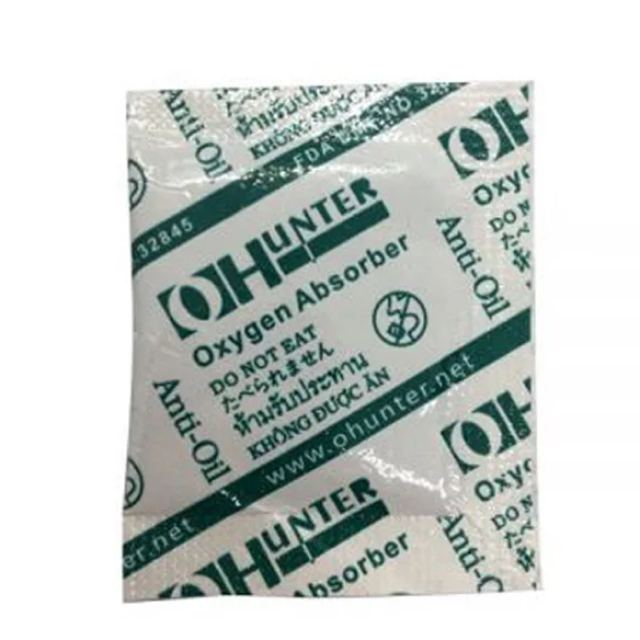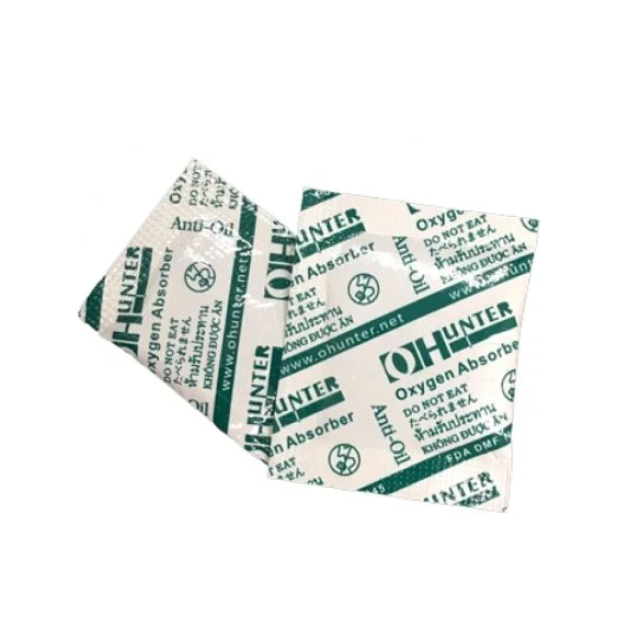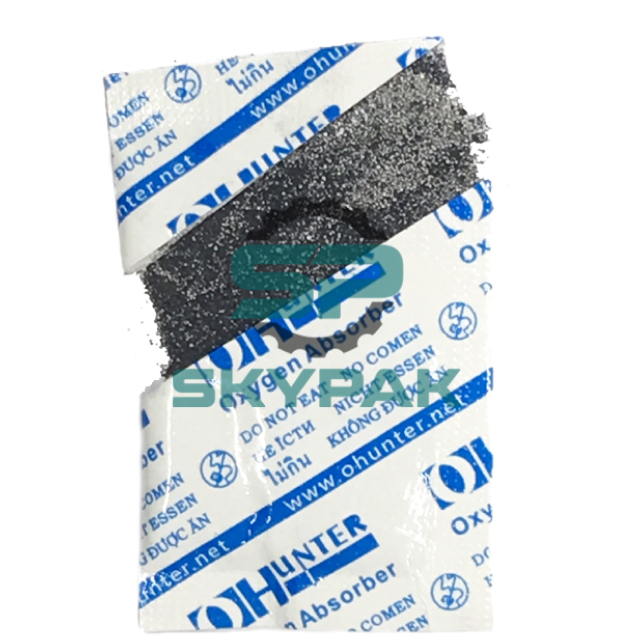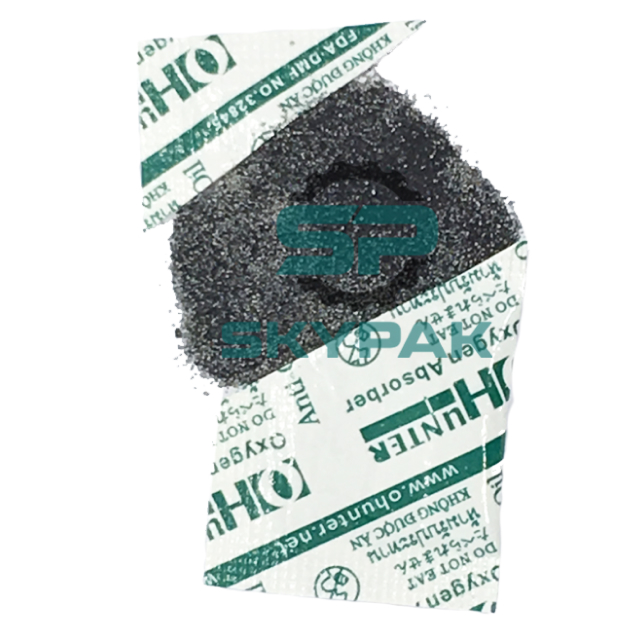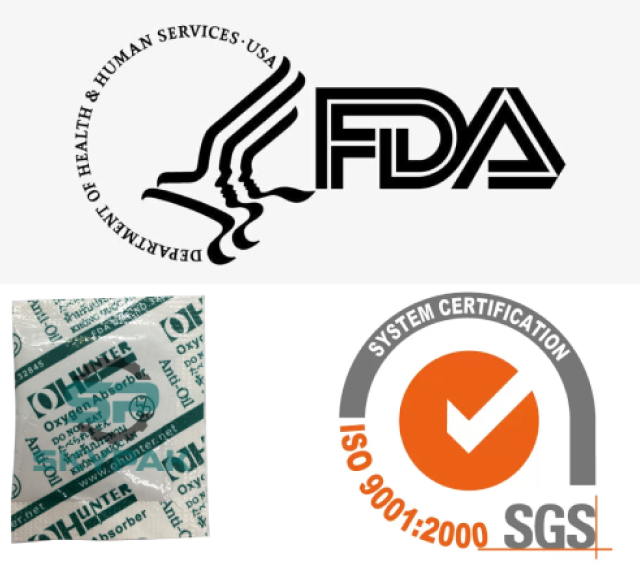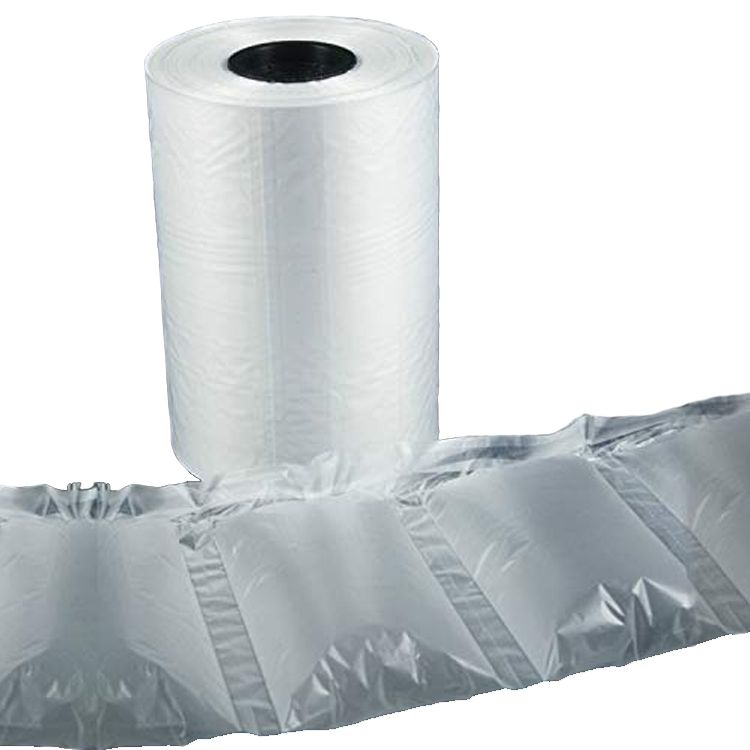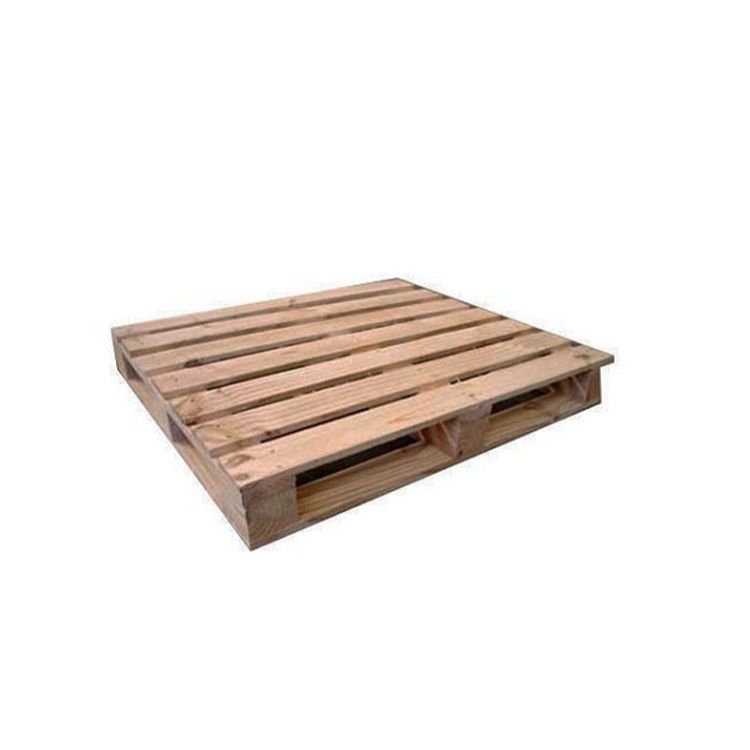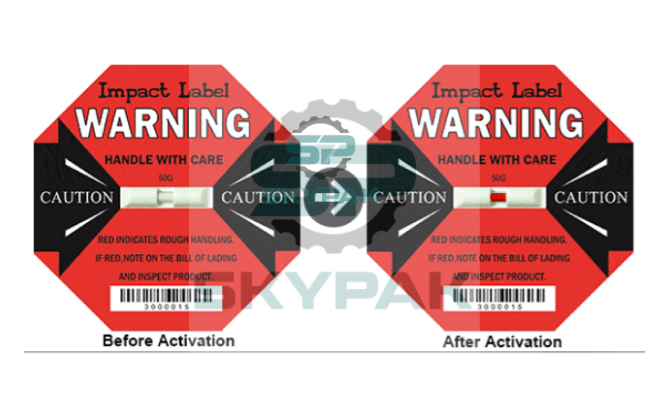
Currently, the freight transport business is very developed, but unfortunately, businesses are having to deal with units that mishandle products and goods, leading to damaged goods. goods during transportation. This requires businesses to take measures to detect mishandling incidents to have appropriate solutions before damaged products reach customers. So what is the best solution here? Let’s learn about a type of collision warning label, to detect broken or damaged goods in the following article.
What is an impact warning label?
The impact warning label is a device that indicates whether the product or goods being transported has had a physical impact or collision. Labels are attached to the sides of the boxes, requiring careful handling.
There are 5 thresholds of shock warning labels: 25G, 35G, 50G, 75G, and 100G each representing the level of physical impact or shock, corresponding to the appropriate “G”. When a shock or physical impact occurs and its threshold is exceeded, the shock tube will turn red and cannot return to its original state. Labels are very sensitive, so where possible the user should perform a drop test of the product along with the impact label so that the corresponding ‘G’ level can be selected.
Learn more about impact warning labels and instructions on how to use them in the video below
https://www.youtube.com/watch?v=vdbCnBLSndw&t=217s
What is the purpose of the impact warning labels in shipping?
Impact warning labels are very useful in many industries:
- Food
- Electrical appliances
- Electronic device
- Glass, glass, ceramic, porcelain
- Industrial equipment
- Medical…
Shock warning labels are particularly important in quality assurance. Shock warning labels are commonly used to control the quality of products and goods during storage and transportation, in order to quickly detect potentially damaged products and reduce the risk of producing such products. Defective product, low quality.
Benefits of impact warning labels for stakeholders in the logistics chain
In fact, impact warning labels are good for all three parties, the shipper, the receiver, and the handler. The sensor works mechanically so there are no battery problems during transportation.
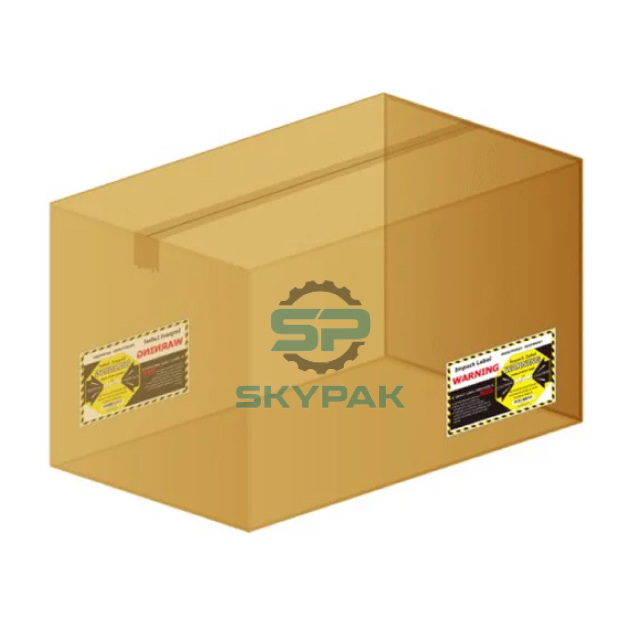
Benefits for shippers
Steel evidence to determine who is responsible for damaged goods
Show special care and reduce the risk of mishandling during transport or storage.
Support for quick settlement of damage claims.
Increase buyer confidence: ensure high-quality goods and do not hide damage to the goods.
Visually prevent problems with improper handling of goods.
Validate the effectiveness of product packaging
Benefits for buyers
Detect damaged goods before receiving goods
Reduce damage claims, and ensure high work efficiency.
Facility to notify personnel to inspect goods before receiving if the shock tube turns red.
Indisputable proof of mishandling and cargo damage claims.
Benefits for the carrier
Encourage people handling and transporting goods to pay more attention in the stages.
Identify who is responsible for compensation, and avoid false accusations.
Determination of rough handling status in intermodal freight transport.
Minimize the handling of errors and goods complaints for customers.











